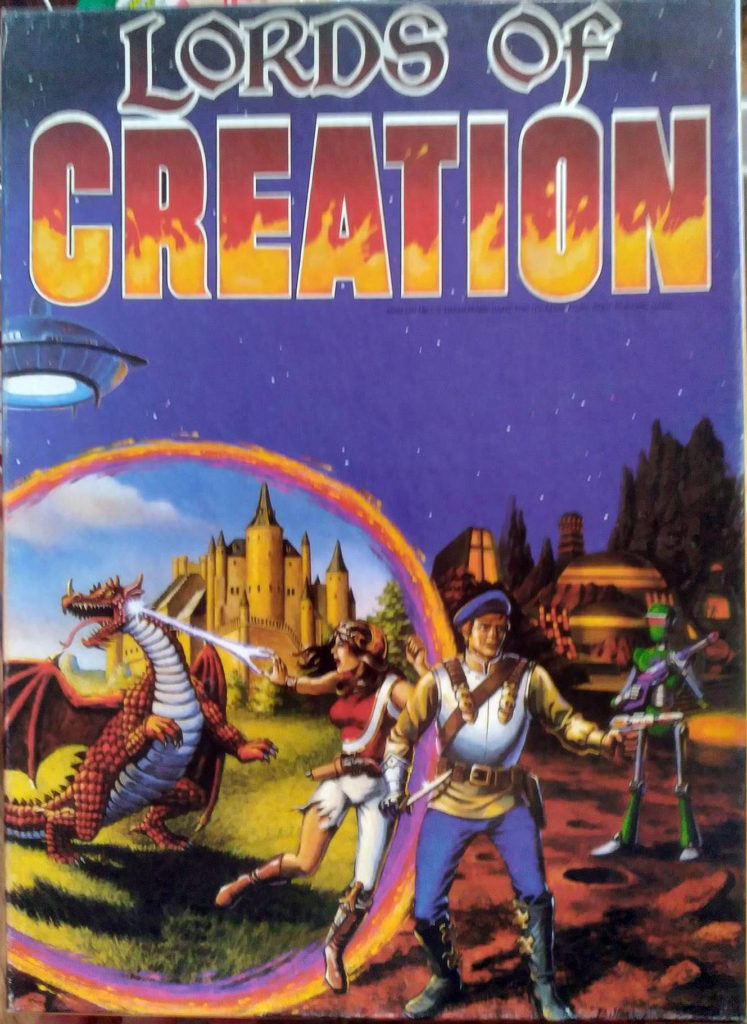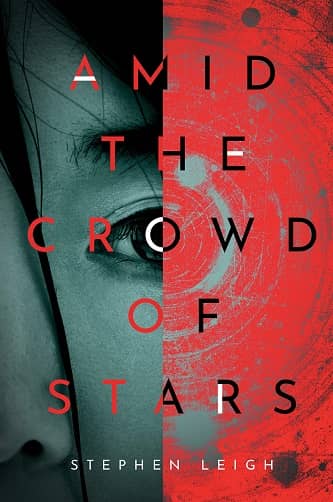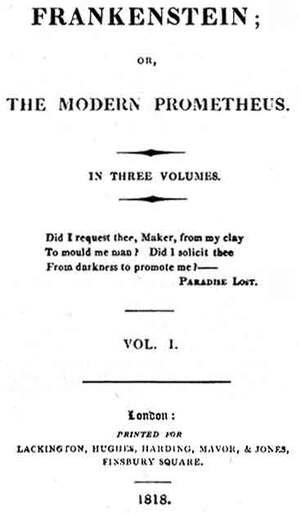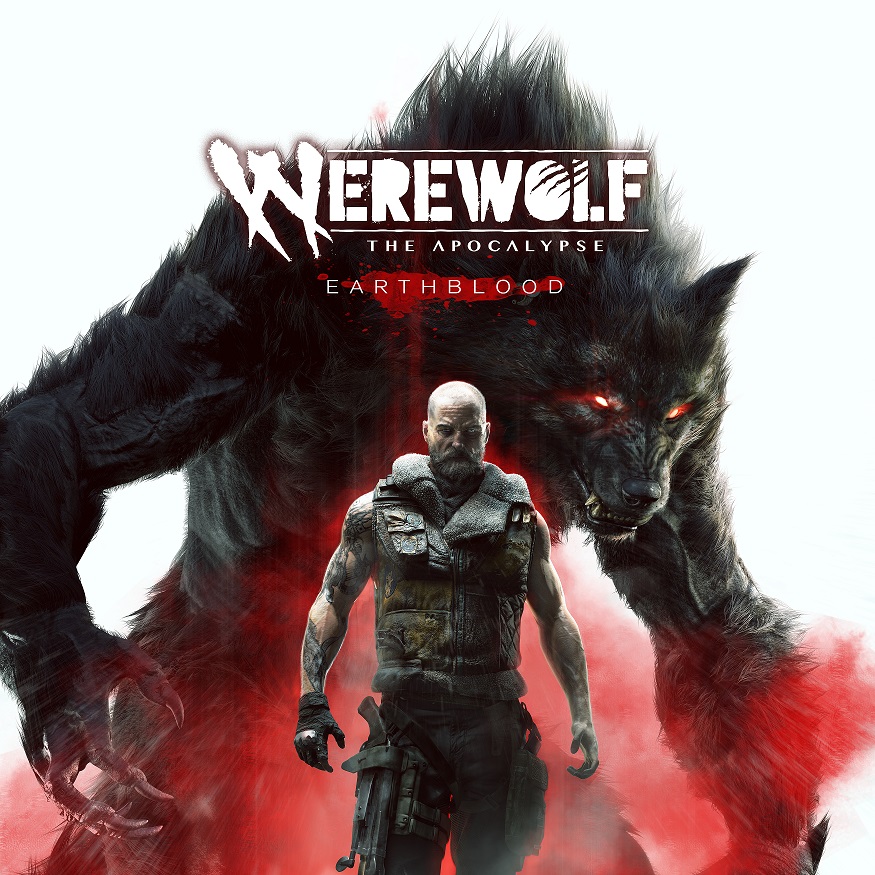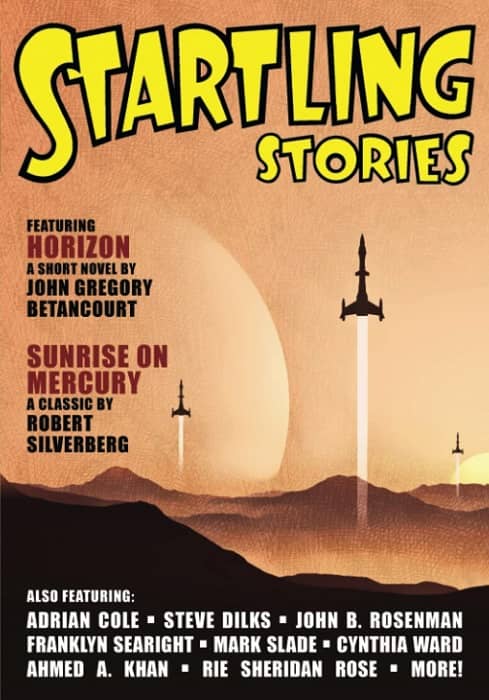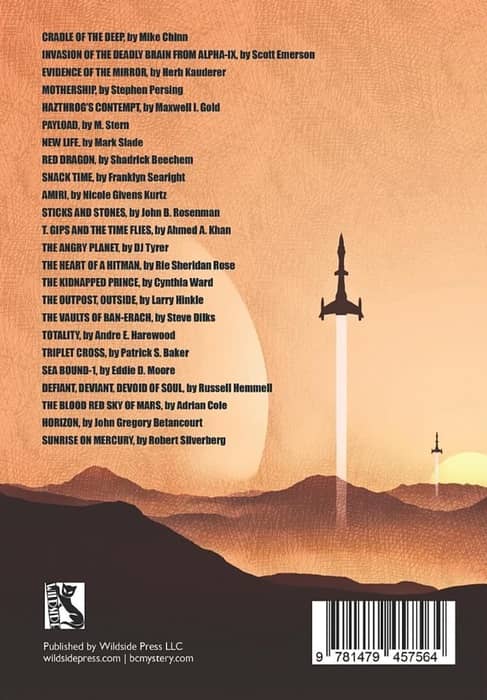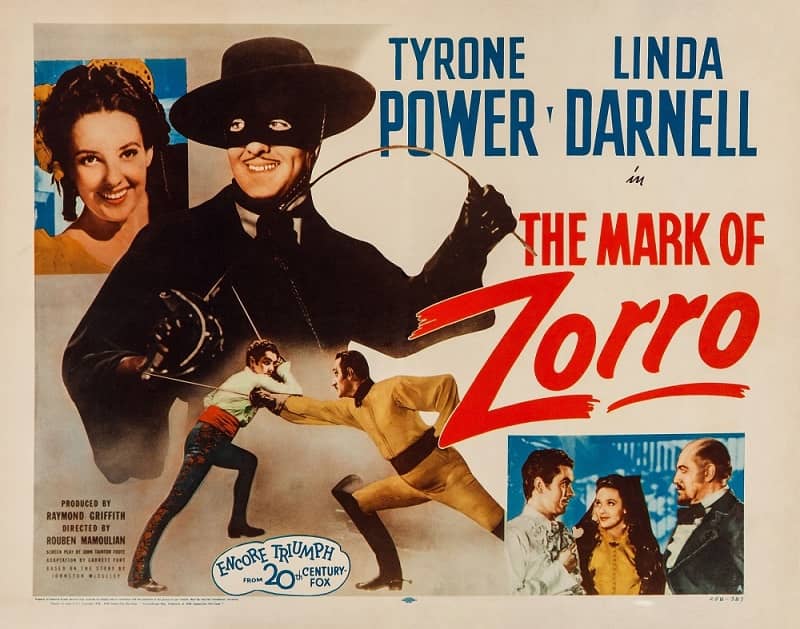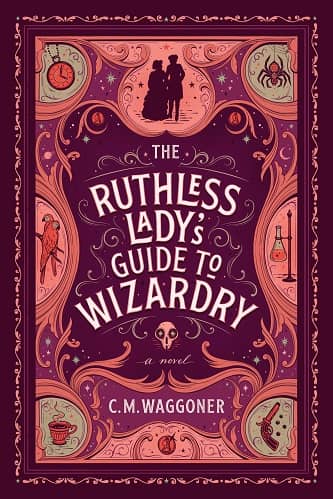Vintage Treasures: Swordsmen in the Sky edited by Donald A. Wollheim
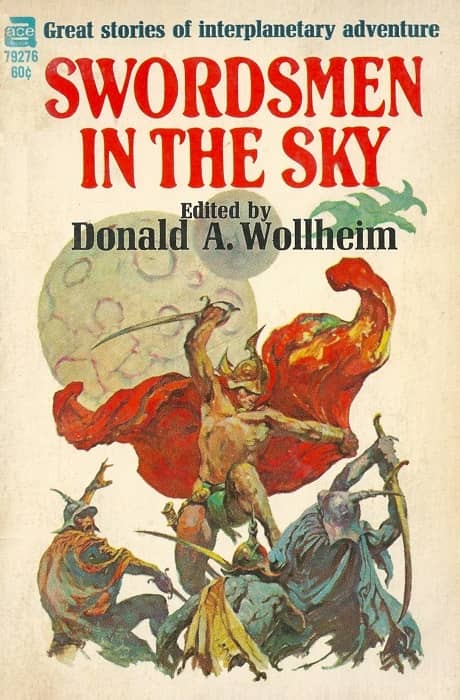 |
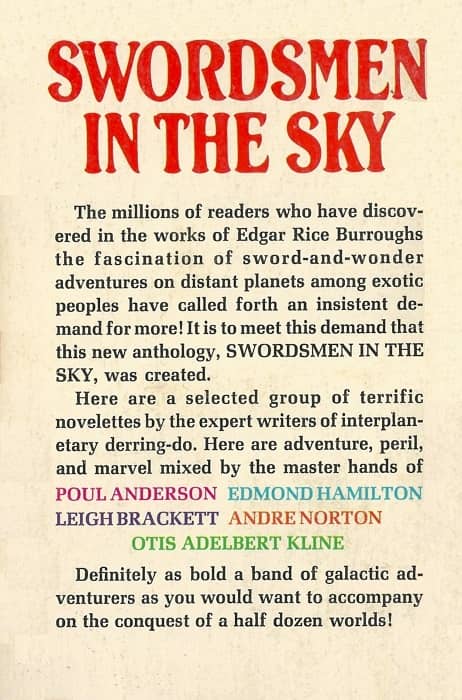 |
Swordsmen in the Sky (Ace, 1964). Cover by Frank Frazetta
I’ve been on something of a Don Wollheim kick recently. I looked at his 1989 Annual World’s Best SF two weeks ago, and last week I explored a collection of 30 DAW paperbacks he published in the 70s, including two rare Imaro volumes by Charles Saunders.
We’ve examined a few of Wollheim’s older anthologies in the past, but I couldn’t recall writing about one of my personal favorites, Swordsmen in the Sky, his hugely influential 1964 collection of science fantasy tales by Poul Anderson, Andre Norton, Leigh Brackett, Edmond Hamilton, and others. I scanned the cover, drafted a quick piece, and checked for previous references to it — and that’s when I discovered a delightful review by none other than Charles Saunders himself, published right here at Black Gate, in the very early days of the BG blog. Here’s a taste.
Two of the stories Wollheim selected — Poul Anderson’s “Swordsmen of Lost Terra” and Leigh Brackett’s “The Moon that Vanished — are classics in the sense that they continue to fascinate with each re-reading, even though they were first published in 1951 and 1948, respectively. Anderson’s story is set in a far-future Earth that no longer spins on its axis, with Celtic culture surviving that catastrophe. Were it not for the scientific explanation for the seemingly magical power of the lead character’s bagpipes, “Swordsmen of Lost Terra” would qualify as sword-and-sorcery…
“The Moon that Vanished” is set on Brackett’s version of Venus, which was probably the best of all the fictional imaginings of that planet before space probes revealed the lifeless and hellish face hidden beneath its clouds. This story of a quest not for gold but godhead has proven more than equal to the test of time. Take away its interplanetary aspects and this story, too, is pure fantasy, if not sword-and-sorcery.
“People of the Crater,” by Andre Norton, takes place in one of those remote corners of our planet that will never show up on Google Earth. The titular crater is located in an unknown, mist-shrouded region of Antarctica, filled with strange creatures, sleeping gods, and magical science….
I was 18 years old when I first spotted Swordsmen in the Sky at the local train station’s book-rack during the year the anthology was published. The forty cents needed to purchase a copy jingled in my jeans. My sense of wonder was primed for fulfillment. Little did I know that the little paperback I carried out of that station would be a precursor not only to many other books I would subsequently read, but the ones I would write as well.
I have to tell you, it was a wonderful surprise to stumble on a forgotten BG contribution from Saunders, so recently after celebrating his work here. Read the while thing right here.
